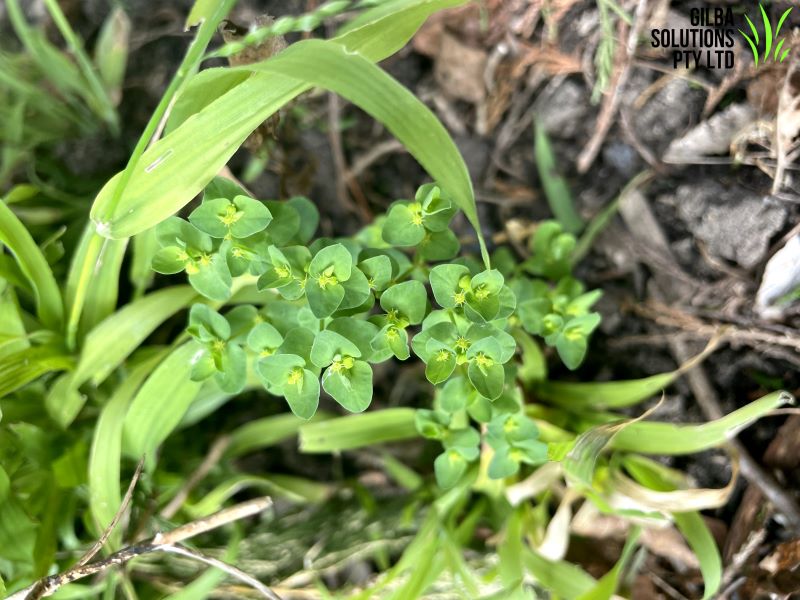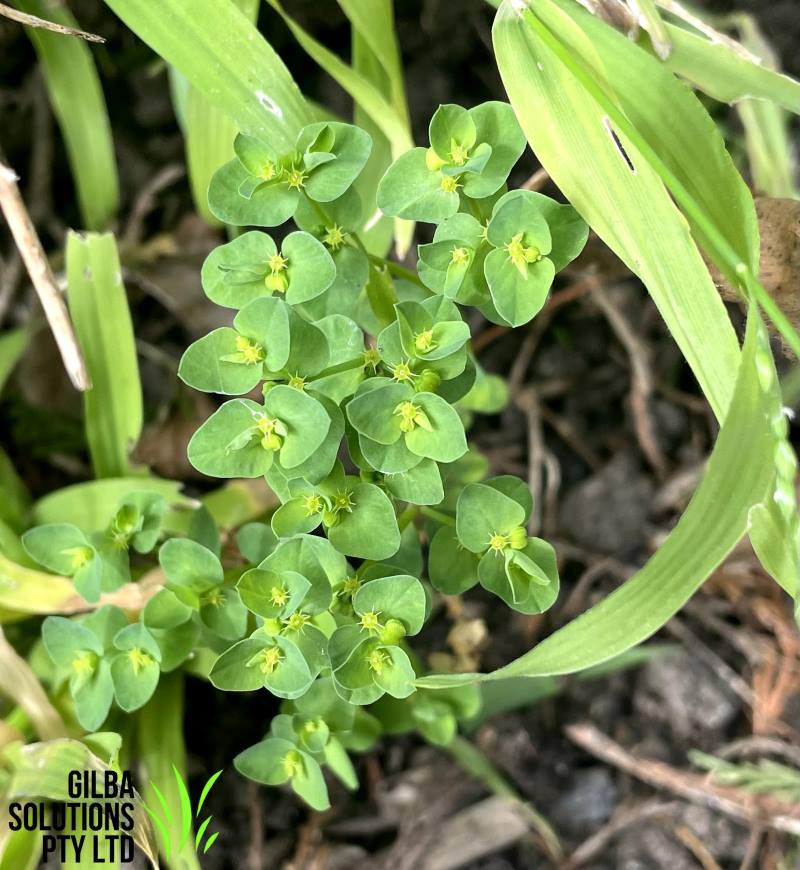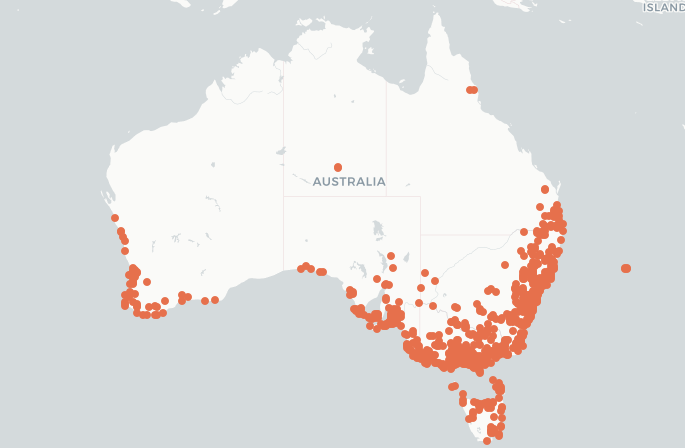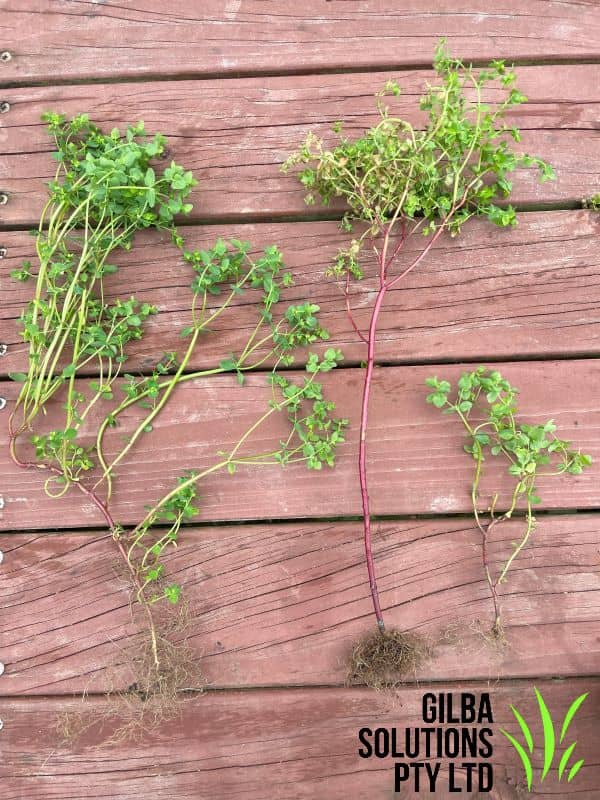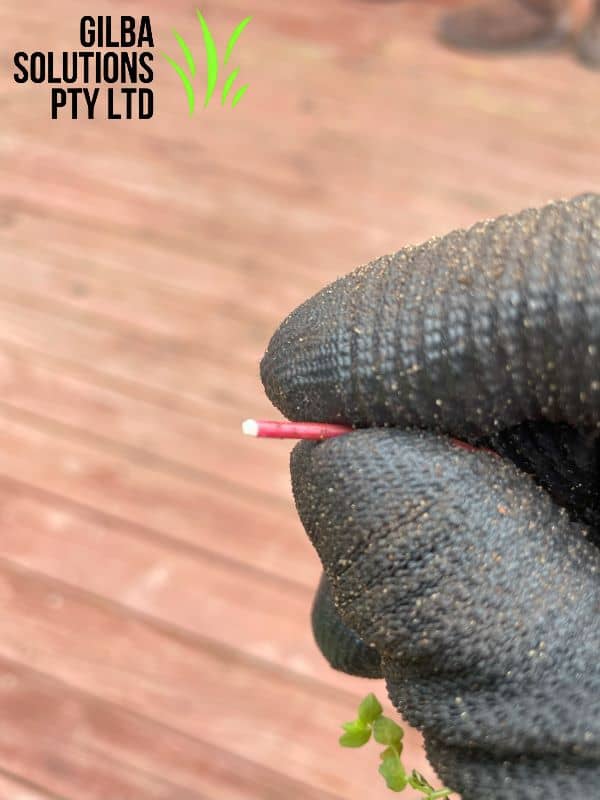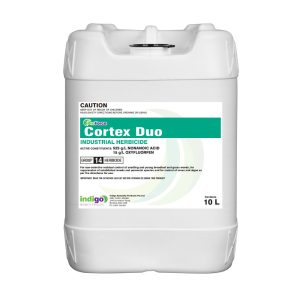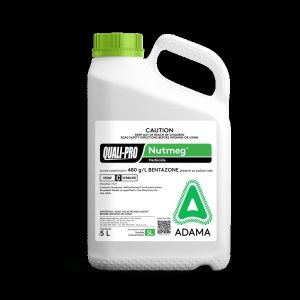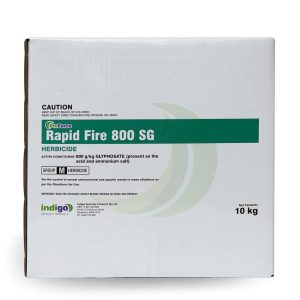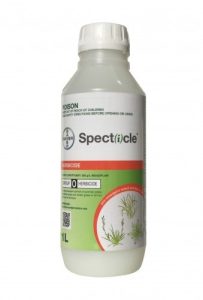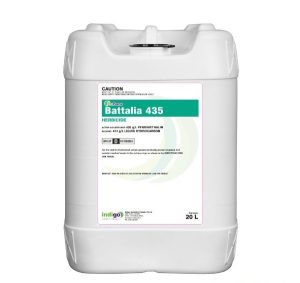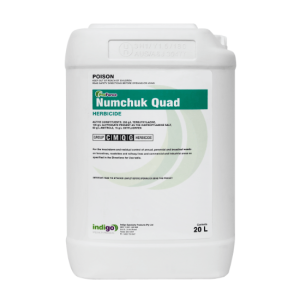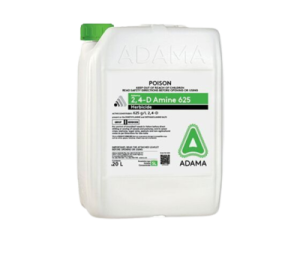Petty Spurge (Euphorbia peplus)
Petty Spurge (Euphorbia peplus) aka Cancer Weed is a small non native annual herb. Its milky sap contains harmful substances, and if the sap gets on your skin it becomes red and blisters. It also stings and burns the eyes if they come into contact with it.
After you read this, you will be able to:
- Identify Petty Spurge or Cancer weed.
- Know the habitat of Petty Spurge or Cancer weed.
- Know the best options to control Cancer Weed.
Why is Petty Spurge a Weed?
- It is invasive. It quickly establishes in gardens, and forms dense patches.
- Many herbicides fail to control it, and hence it has spread rapidly in many parts of the world.
- The sap of Petty Spurge is a skin irritant.
Petty Spuge (Euphorbia peplus) is one of the most common search queries on the QLD Poisons information Centre website.
People call it Cancer Weed, because of ongoing studies into its sap for the treatment of skin cancer, leukemia, warts and sunspots.
Petty spurge (Euphorbia peplus) is regarded as an environmental weed in parts of WA, SA, VIC and NSW.
The distribution map is courtesy of The Atlas of Living Australia.
How to Identify Petty Spurge.
Photosynthetic Pathway: Petty Spurge is a C3 weed.
Category: Annual Broadleaf (Dicot)
Flower: The small flowers of Petty Spurge are yellow to green and held in leafy bunches. The unusual flowers of Petty Spurge appear between April and October
Height: Petty Spurge is up to 40 cm in height and has smooth, hairless stems that are red at the bottom and green at the top.
Leaf length: Petty Spurge has thin, soft oval leaves that are rounded to obovate, pale green, and 4 to 25 mm long.
Leaf width: The leaves of Cancer Weed are 4 to 17mm wide
Reproduction: Petty Spurge reproduces by seeds that disperse by water and soil movement. Plants produce between 260 to 1,200 seeds, and these are mature in 12 to 14 weeks.
Seedlings emerge through the year except over the Winter. Most of the seed germinates within a year at a depth of 5 to 10 mm, and after this only a few seeds emerge in the next 5 years. Any seeds that Petty Spurge produces in the Summer germinate immediately, but Autumn seeds stay dormant until the Spring.
Cancer Weed seeds disperse explosively, and these are still viable after 100-years
Comments: Petty Spurge has a milky white sap.
Habitat: A common weed around buildings, gardens and disturbed areas, it prefers moist, shady locations.
For more information on weeds, check out our weed ID Chart.
How to Control Petty Spurge.
You can control Cancer weed by cultural and chemical means, but you can best manage this weed with an integrated approach.
Cultural Control.
- One of the best ways to prevent Petty Spurge (Euphorbia peplus) in turf, is to maintain a competitive stand of grass. This weed is not a very strong competitor and gains a foothold by being an opportunist.
- When open areas develop due to stress, disease, lack of fertility, insects, or high wear, light penetrates to the soil surface, and allows Petty Spurge to germinate. That’s why you also find this weed in open garden beds, paths and areas where it doesn’t need to compete with other plants.
Once Petty Spurge establishes, its too late to control it with cultural practices. For example, at this stage mowing doesn’t work as Petty Spurge tends to grow close to the ground.
- If you raise the height of cut when you mow to 50 mm or more in tall fescue or perennial ryegrass it reduces initial invasions.
- Check the thatch levels of your turf. Thatch should be less than 12 mm.
- Constantly monitor problem areas, so you can hand pull new Petty Spurge before it seeds. Take care as you weed, since plants that you hand pull often break at the stem. This then leaves the root and several buds or a single stem from which it regrows.
- Hand weeding is effective on small areas to control seedlings. It’s best to begin when plants are young, and before plants seed.
- Wear gloves when you hand weed Petty Spurge, since the sap is a skin irritant.
Chemical Control of Petty Spurge.
Cancer Weed (Euphorbia peplus) is resistant to many herbicides, and is not easy to control by chemical methods. The aim of control with this weed is to reduce the seed bank and keep it at a low level.
Pre-Emergent Herbicides.
Pre-emergent weed killers prevent Petty Spurge if you use these before seeds germinate in the late Winter. You need to time the application so that it occurs before soil temperatures get higher than 16°C at a depth of 25 mm.
Pre-emergent options for Petty Spurge include:
- Pendimethalin (Battalia 435).
- BASF Freehand.
- Isoxaben (Gallery).
- Dithiopyr (Dimension EW).
Home gardeners can only use Battalia 435, Dimension EW and BASF Freehand for Petty Spurge.
- US work has shown that Indaziflam gives good pre-emergent control of Painted Spurge, which increases the options for control in warm season turfgrass.
Post Emergent Petty Spurge Herbicides.
Post emergent options include:
- Warhead Trio.
- 2,4-D. 2,4-D and its combinations are not very effective vs large, mature Spurge plants.
- Bentazone.
- Amicarbazone.
Non Selective Petty Spurge Herbicides.
Do not use any of these on lawns or turf areas to selectively remove Petty Spurge.
- Glufosinate-ammonium provides control for 4 to 6 weeks, but it regrows and recovers due to the limited movement of glufosinate.
- Glyphosate. You can use Glyphosate but if water quality is an issue then use ProForce Manta Ray.
These are non-selective but also have a long term residual and stop any re-growth of Petty Spurge.
- Renegade. Renegade stops germination for up to 12 months. This reduces the need for multiple herbicide applications.
- Numchuk Quad. This gives post and pre emergent control for up to 12 months.
- Cortex Duo. Cortex Duo gives a rapid knockdown of Petty Spurge, and residual control for up to 3 months. It is also safe to use around trees.
Table of Non Selective Petty Spurge Herbicide Options.
Product | Active Ingredient | Chemical Group | Use Rate/Ha |
Glufosinate 200 | Glufosinate-ammonium | 10 | 1 to 6 L |
Rapid Fire 800 | Glyphosate | 9 | 0.9 to 1.35 Kg |
Numchuk Quad | Terbuthylazine + Glyphosate + Amitrole + Oxyfluorfen | 5 + 9 + 34 + 14 | 20 to 25L |
Cortex Duo | Nonanoic Acid + Oxyfluorfen | 14 | 7 L/1000L |
Renegade | Bromacil | 5 | 3.5 to 6.5 Kg |


